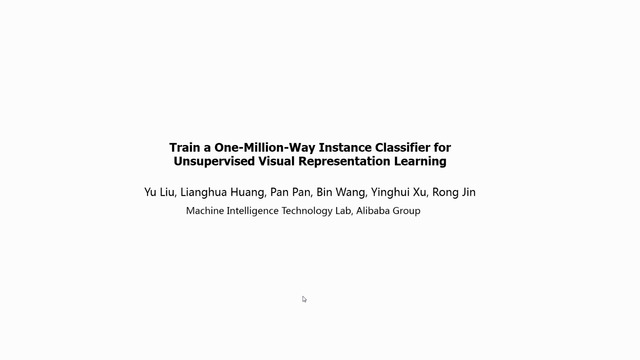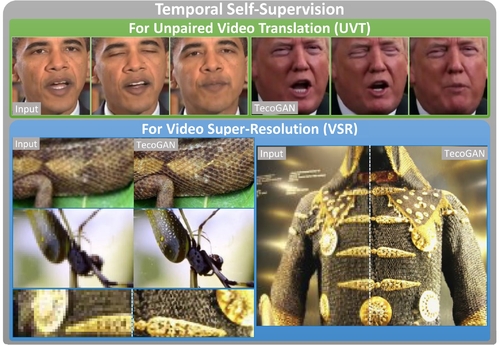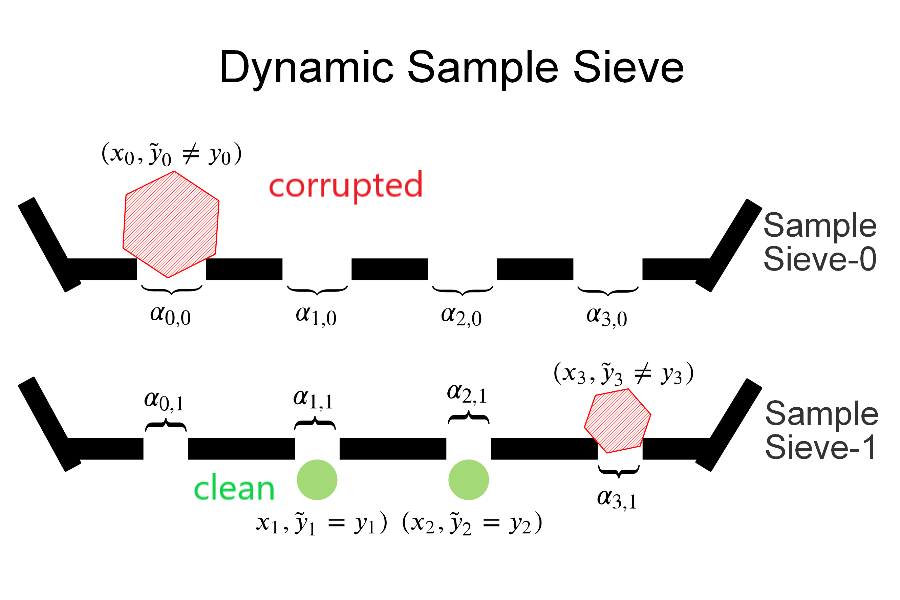Abstract:
Real visual-world datasets have few classes with a large number of samples (i.e., head classes) while many others have a small number of exemplars (i.e., tail classes). Unfortunately, this imbalance enables a visual recognition system to perform well on head classes but poorly on tail classes. To alleviate this imbalance, we present BLT, a novel data augmentation technique that generates extra training samples for tail classes to improve the generalization performance of a classifier given the few training samples from tail classes. Unlike prior long-tail approaches that rely on generative models (e.g., GANs or VQ-VAEs) to augment a dataset, BLT uses a gradient-ascent-based image generation algorithm, which requires significantly less training time and computational resources. In specific, BLT avoids the use of dedicated generative networks, which add significant computational overhead and require elaborate training procedures. Our experiments on naturally and synthetically long-tailed datasets and across different network architectures demonstrate that BLT consistently improves the average classification performance of tail classes by 11% w.r.t. the common approach that balances the dataset by oversampling tail-class images. BLT maintains the accuracy on head classes while improving the performance on tail-classes.










































